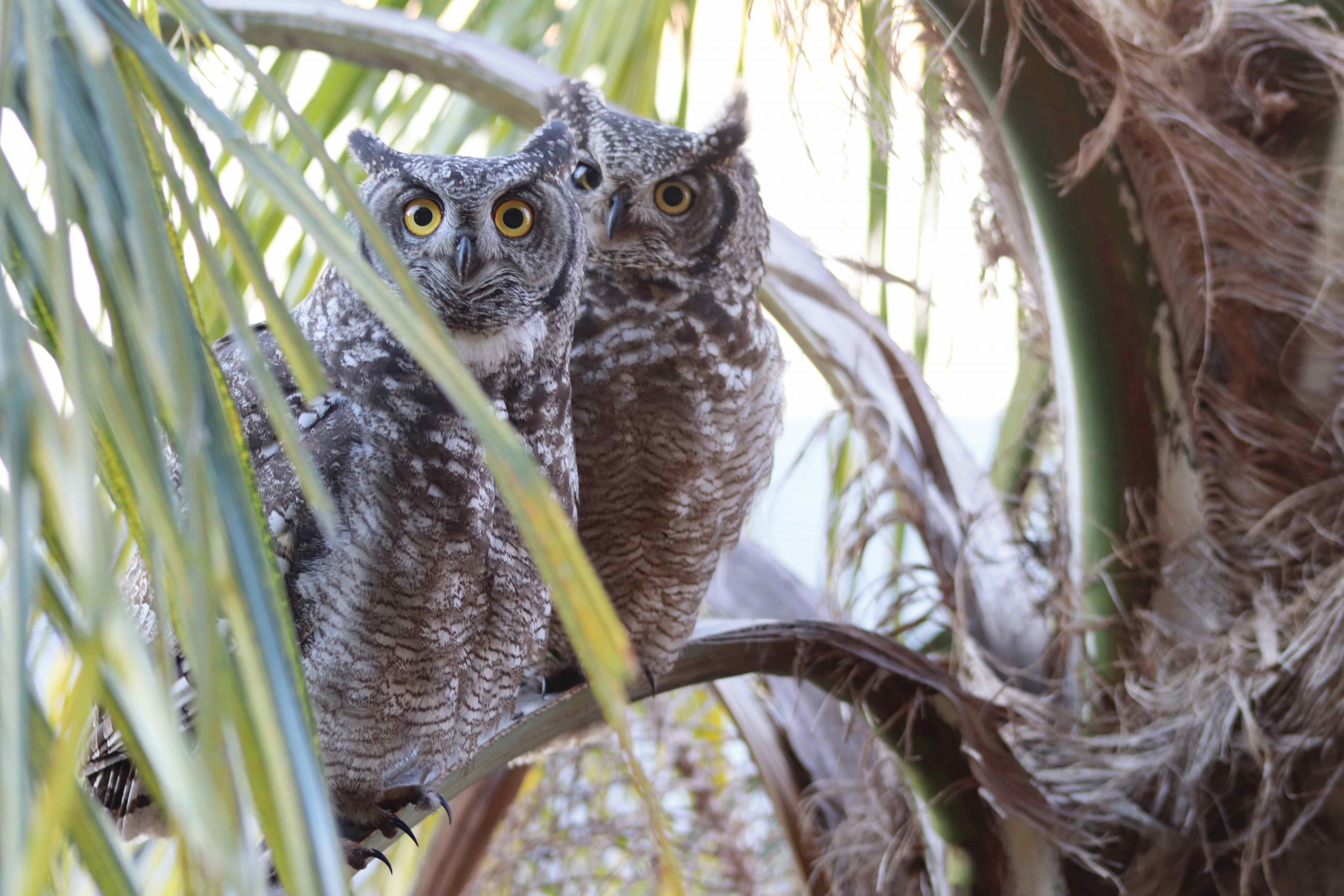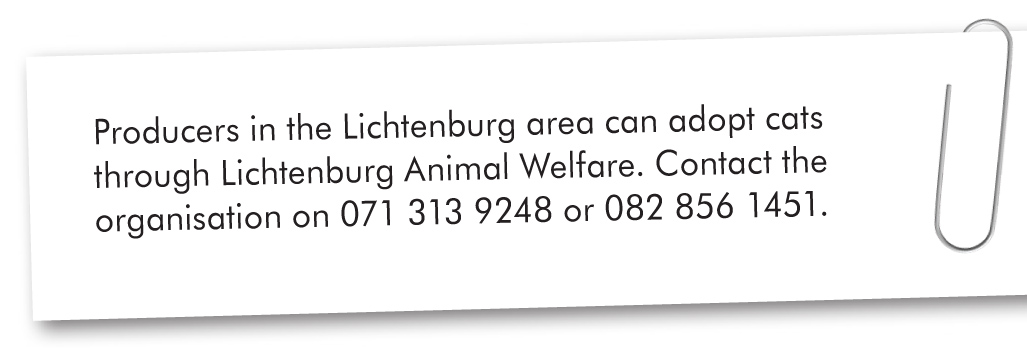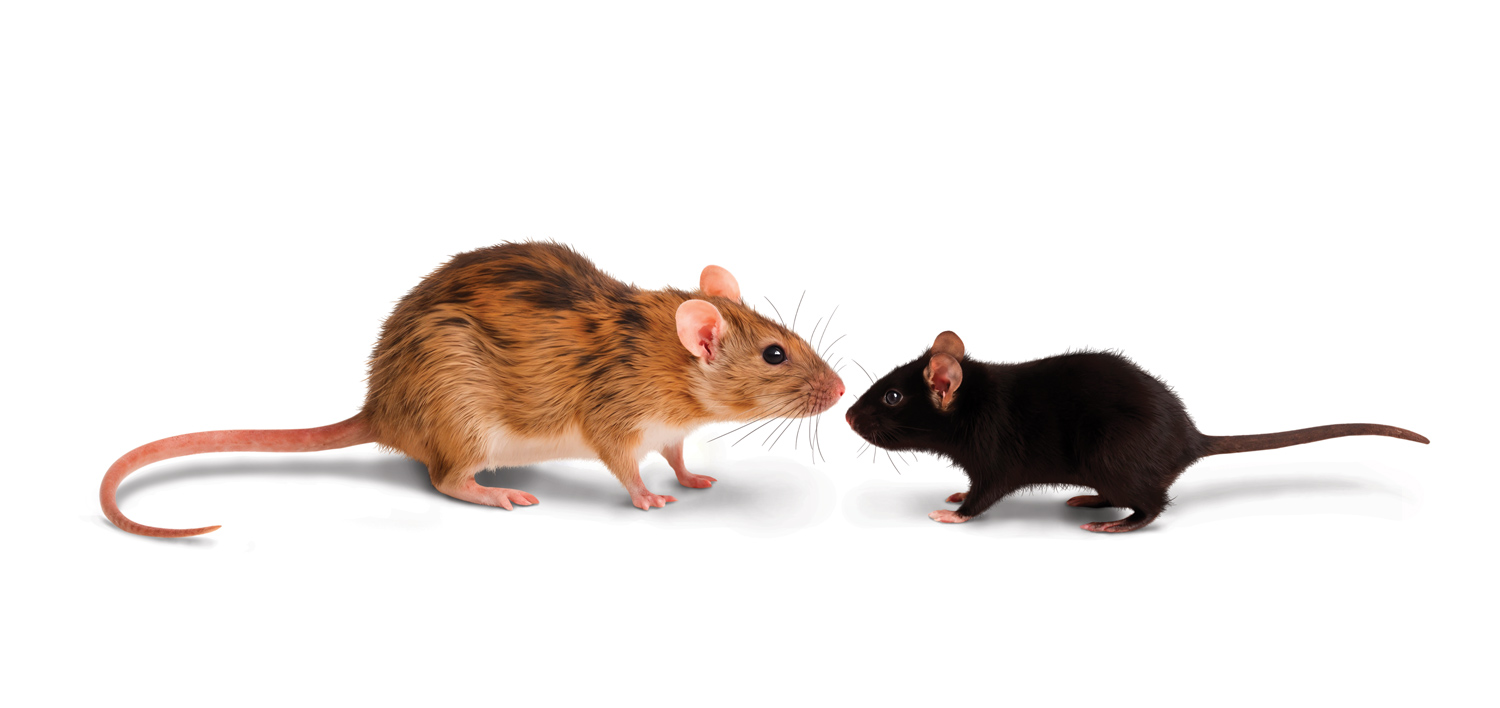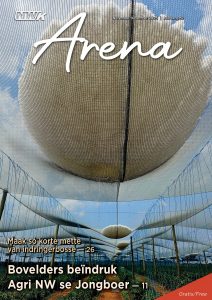
Producers are stocking up on maize seeds in preparation for the next planting season. Due to advances in genetic technology and research, producers now have a variety of genetically engineered maize seed cultivars to choose from.
These cultivars represent expensive input costs in modern commercial farming. As soon as these seeds are purchased and stored on site by the producer, a near-immediate threat arises in the form of pests such as rats and mice. This same threat also applies to post-harvest maize storage.
To prevent pests from causing harm, many producers resort to over-the-counter pesticides (known as ‘rodenticides’) to keep these rodent populations under control. Unfortunately, this convenient ‘solution’ commonly has a ripple effect on wildlife higher up in the food chain, which is counter-productive in terms of sustainable pest control in the long run.
This article aims to promote awareness related to the actual impact of secondary poisoning and to provide producers with more sustainable pest control solutions. Rodenticides will be the main topic of discussion.
The difference between primary and secondary poisoning
Readers may recall the two highly publicised incidents of vulture poisoning that took place in the Kruger National Park and surrounding area earlier this year. The incidents happened only ten days apart and resulted in the death of more than 200 vultures.
In the field of conservation, it is well-known that poachers attempt to eradicate vultures to avoid any visual indication of the carcass of a poached animal. Game rangers usually look out for circling vultures as an indication of the location of a carcass that was possibly the result of a poaching incident.
Vultures may also be poisoned so that their remains can be used for muti. In the two above-mentioned cases, poachers had laced an animal carcass with deadly pesticides, knowing that the vultures would be poisoned.
Poachers are not the only publicised guilty party of wildlife poisoning. Producers have also been placed in the spotlight, especially small livestock producers. In 2014, an Eastern Cape farmer was convicted of the killing of 46 Cape vultures. The farmer had laced a sheep’s carcass with carbofuran (an insecticide) and left it out in the veld. He claimed that he aimed to poison stray dogs that had been tormenting his livestock.
Although often misclassified as secondary poisoning, such incidents are more accurately described as primary poisoning, since the carcasses were intentionally contaminated with pesticides to target any animal feeding on the meat directly.
In contrast, secondary poisoning occurs when a predator or scavenger is indirectly or unintentionally poisoned after consuming an animal that has itself ingested a toxic substance.
In these instances, the target of the poison is not a predator, but rather prey animals such as rodents. The predators are then poisoned by consuming the said prey.

SECONDARY POISONING RELATED TO RODENTICIDES
Rat poisons (rodenticides) are widely used due to their widespread availability, affordability, effectiveness and minimum effort required. Unfortunately, rodenticides are one of the main contributors to the secondary poisoning of raptors such as owls and eagles.
The reason why so many rat poisons in today’s market pose such a significant threat is that many cause a prolonged, slow death when consumed by a rodent. This means that the poisoned rodent remains alive for hours or even days after consumption of the poison and may be caught by an owl within that timeframe.
Rats that have ingested these slow-acting poisons also tend to move around at a slower-than-usual rate, which makes them easy targets for birds of prey.
 The impact on agriculture
The impact on agriculture
Other than the obvious legal consequences, such as if a producer is convicted of illegally poisoning wildlife, there are often more common consequences that seem to go unnoticed by many producers.
Where there is grain, there will be rodents. This is common knowledge among the farming community. A rodent problem can quickly escalate and cause significant damage in grain storage facilities – not to mention the damage that rodents can cause to farming equipment by chewing through wires and cables.
Raptors, like the barn owl and the spotted eagle-owl, have learnt to co-exist with humans and have been offering ‘free’ pest control services to producers across the country.
When people identify a rodent problem on their property, they almost always resort to rodenticides as the first option to sort out the problem. The reason being, as previously mentioned, that these poisons are easy to obtain, cost-effective and require minimal effort to do the job.
However, owls and other raptors are the cheapest, most convenient and most sustainable method of pest control in the long run.
All it takes is for the producer to invest in poles that the owls can use as perches and/or owl housing to accommodate breeding pairs. The proven effectiveness of owls in terms of rodent control has been documented in various scientific articles.
One American study found that a family of barn owls could consume anything from 1 821 to 7 563 rodents per year. The barn owl is one of the few predator species that can drastically adapt its clutch size in response to rodent availability.
Thus, during high outbursts of rodent infestations, female barn owls will lay more eggs. An increase in offspring means there are more mouths to feed, which then contributes to the regulation of the rodent population.
Unfortunately, raptors like owls tend to be the most susceptible to secondary poisoning, and it remains one of the leading causes of death in these birds of prey. Although there is a lack of sufficient data regarding the actual impact of secondary poisoning in South Africa (as most cases go unnoticed or unreported), raptors play a vital role in pest control. Secondary poisoning is the reason why it would be counter-productive to use deadly rodenticides as a means of pest control at the same facility that owls use as a hunting ground.
 Safer alternatives for rodent control
Safer alternatives for rodent control
There are indeed many cases where producers cannot solely rely on the assistance of owls in terms of pest control. This is generally the case in enclosed maize storage facilities, to which owls generally do not have access.
New bags of genetically engineered maize are generally stored on wooden pallets in a storage room or warehouse on the farm until the planting season starts. Mice enter these storage areas through the smallest of cracks or openings and tend to chew through the bags to get to the maize. In such cases, there are recommended methods of pest control that do not include the use of pesticides:
ACCESS PREVENTION
Close/seal any cracks or gaps in storage facilities that may be used as access points by rodents. Also ensure that any spilt grains are promptly swept up to avoid attracting unwanted visitors.
CATS
Many producers keep cats in their warehouses to assist with pest control. Cats not only catch and kill rodents, but their presence alone may deter rodents from making themselves at home.
Many animal welfare shelters struggle to find homes for cats that are deemed too feral to keep as domesticated pets. This provides an opportunity for producers to provide a home for these felines whilst allowing them to remain ‘wild’ to some degree.
MECHANICAL TRAPPING
- Mechanical rat traps and trapping cages are a targeted and effective pesticide-free alternative. Managing these traps may be a little more labour-intensive than other options, but they pose no risk in terms of secondary poisoning.
- Some owl rescue and rehabilitation centres even offer to place and manage their own live rat trapping cages on farms to acquire food for their feathered patients/residents.
- Please note that glue traps are generally discouraged, as they are seen as a highly inhumane method and run the risk of injuring or killing animals other than the intended rodent target.
Summary
Sources suggest that some types of rodenticides do not cause death in cases of secondary poisoning and even offer ‘owl-safe’ products. Other sources, however, argue that no form of pesticides can genuinely be considered safe for wildlife, as more research is required. It is, however, recommended that so-called lower-risk pesticides are only used as an absolute last resort after all other means have failed.
Although data is lacking with regard to the real extent of secondary poisoning in South Africa, the available information paints a bleak picture. Producers need to recognise the value that birds of prey add to pest control on farms and acknowledge the actual threat of secondary poisoning.
Pesticide-free alternatives to rodent control may not always be the most convenient options, but convenience cannot be compared to the value that the owls bring to the table and what producers stand to lose through secondary poisoning.








